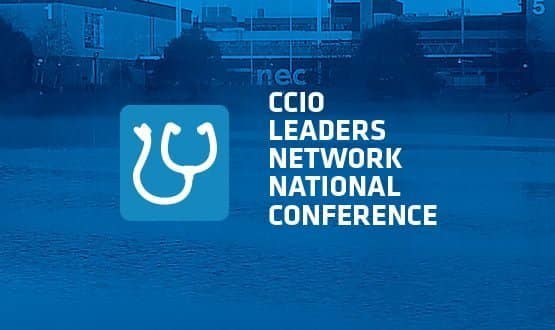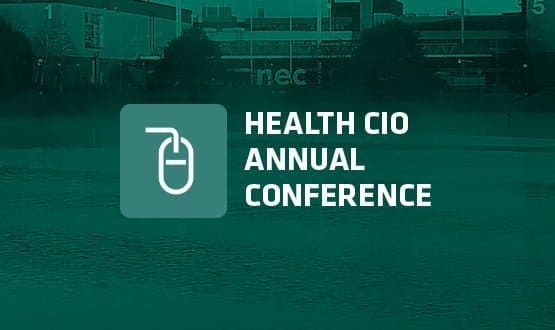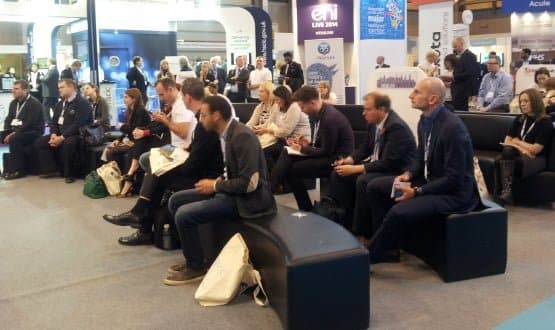UK firms boldly go into tricorder finals
- 26 September 2014

Two UK companies have made it to the final stage of a worldwide competition to create a real-life version of Star Trek’s medical tricorder to diagnose health conditions.
On the show, the tricorder allowed doctors to diagnose diseases and collect bodily information about a patient simply by scanning them.
The Qualcomm Tricorder X Prize, launched in 2012, is offering $10m (£6.2m) to any developer who can produce a similar device.
Two UK entrants – London-based SCANurse and Belfast-based Zensor, from Intelesens – are among ten teams who have made it to the final stage of the competition.
The devices must be able to diagnose 16 different health conditions, such as Hepatitis A, diabetes and strep throat, as well as five real-time health vital signs.
While there are no restrictions on the appearance or functionality of the device, it must weigh less than 2.3kg.
Shannon Montague, Intelesens’ commercial manager, told EHI the vital signs monitoring company felt its experience would give it an advantage when it first entered the competition.
“We had some of the technology already available, and we thought it was something that was very significant for the life sciences in general, and in keeping with the spirit of the company.”
Montague said the company could already wirelessly measure four of the five necessary vital signs without further development, with the team in the final stages of developing a way to measure blood pressure without a cuff using pulse wave velocity.
Montague said the team has partnered with clinical diagnostics company Randox to help diagnose the health conditions, testing urine and blood with small test strips and a miniature microspectroscopy lab.
The vital signs and diagnostics information is transmitted via Bluetooth to a smartphone, where information is processed and analysed.
“What we’re really doing is taking technology that’s available now and developing it further for our needs and putting it into one device.”
Montague said the devices are likely to assist, rather than replace, a doctor by providing them with easy access to relevant information and a potential diagnosis.
“A doctor’s time is very, very limited, and a nurse’s time is very, very limited, so this can act as an aid to them.”
SCANurse founder Anil Vaidya told EHI he founded the personal health diagnostics company specifically for the competition.
“When I came across it, the appeal was that it was quite challenging and extremely ambitious, and I felt that it was something I could contribute to.”
Vaidya said his team’s device is based in part on processing images of observations of relevant areas such as the inside of an ear or throat, looking for “markers” that give an idea of a particular condition.
The device will provide urine testing and breath analysis for certain conditions, but is not using blood as a biological sample due to concerns about how ordinary people will react to testing their blood.
“It’s still something we’re looking at: there is the potential for analysing Hepatitis A through breath analysis, but the challenge with some of these things is they’re not validated as yet, so we’re still looking at how we go about doing it.”
Vaidya said ensuring that the information presented to users can be easily understood is a critical part of the competition.
“The user interface is vital…the information is going to an uninformed user, so the question is how do you present that?”
He said it is a “matter of time” before devices like those from the competition are used in people’s homes.
“In the next three to five years, there will be a quite significant change in the way we deal with healthcare personally, with people taking more responsibility for their own health.”
Diagnostic experience evaluations and consumer testing for the finalists is scheduled to take place in mid- to late-2015, with the final judging and awards ceremony being held in early 2016.




